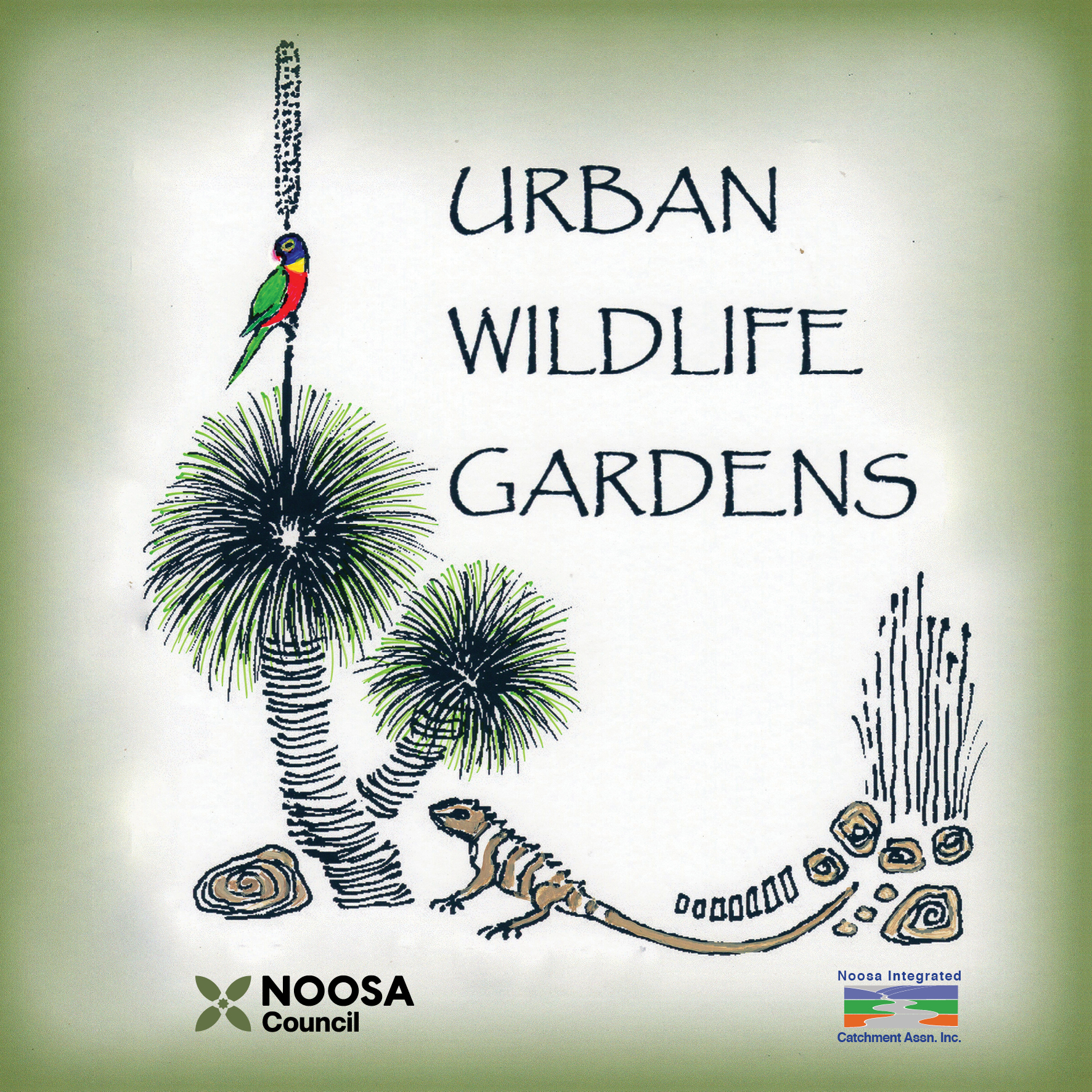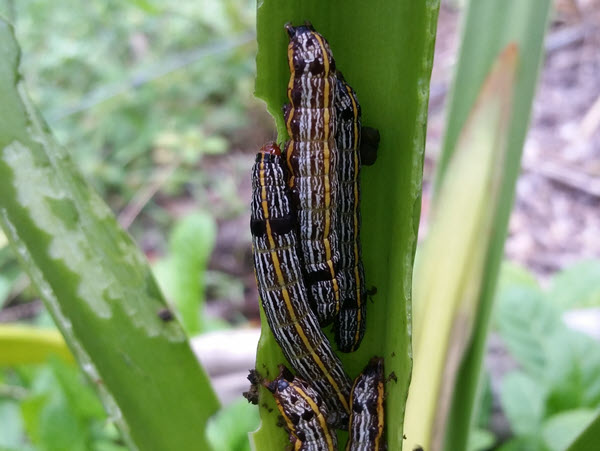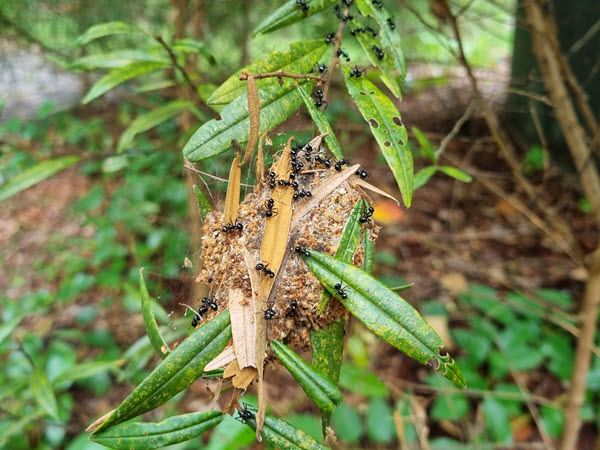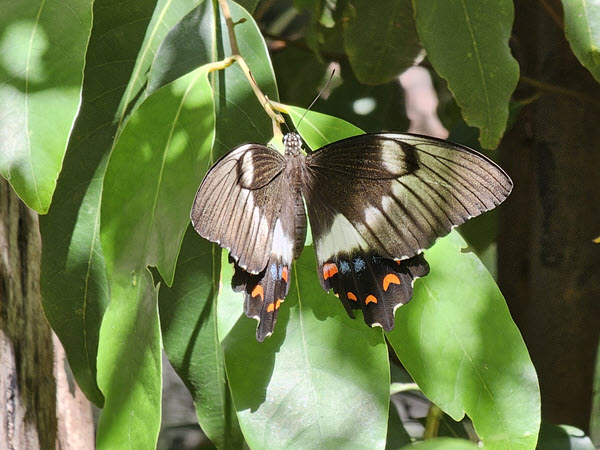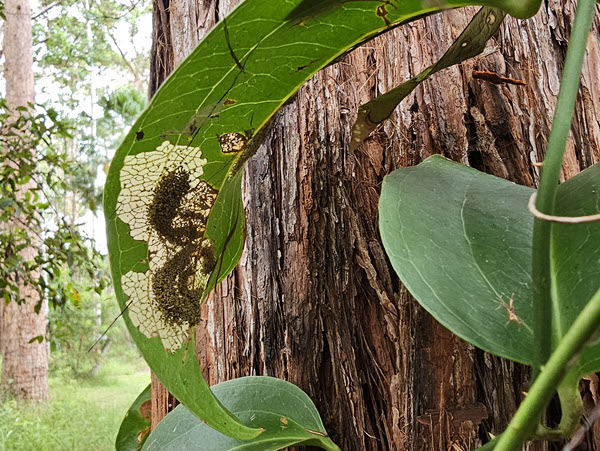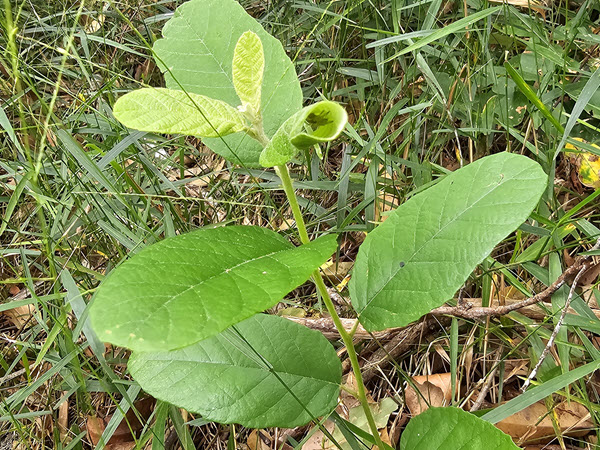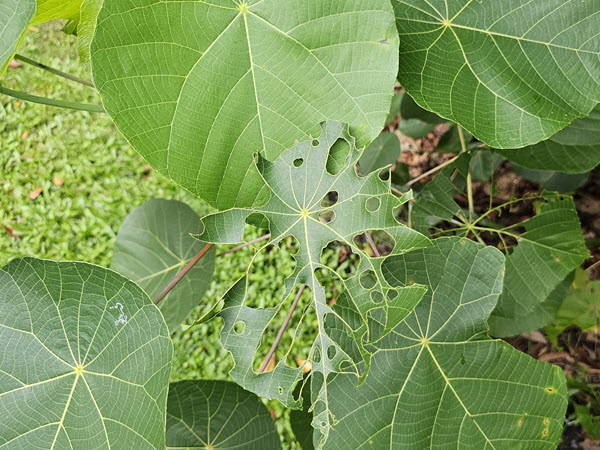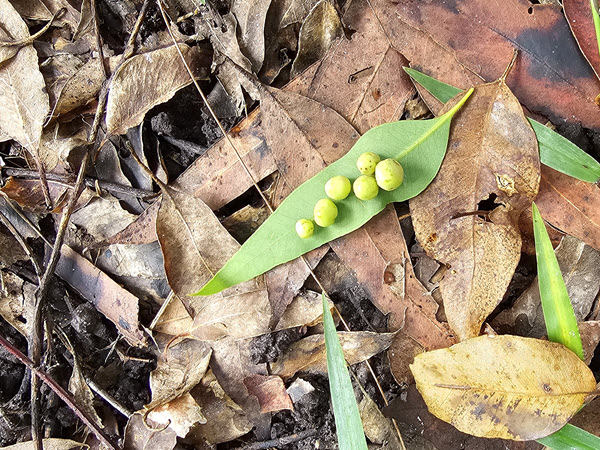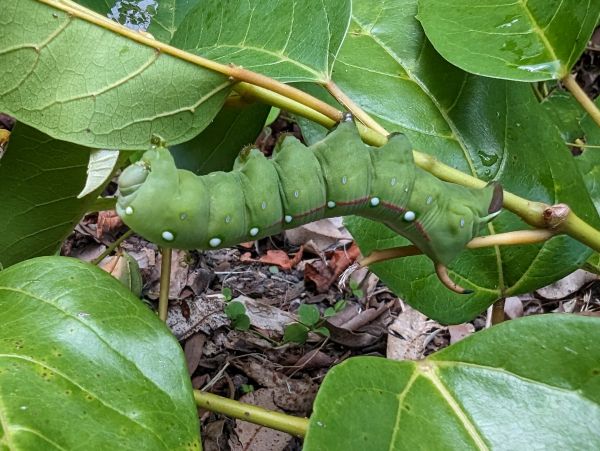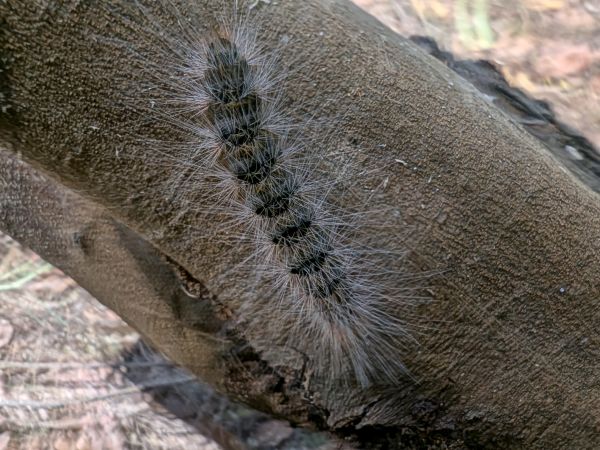When we think of wildlife in our gardens we tend to focus on the birds, reptiles and mammals that we see there. Insects often get overlooked as an important part of a garden habitat, or are seen as a nuisance because they eat plants, build nests in inconvenient places and can often bite or sting!
Many insects rely directly on plants for their food source and as the first link in the food chain, are vital for maintaining the ecological balance of the whole garden ecosystem. They provide food for birds, reptiles, small animals and fish. They recycle waste and decaying plant and animal material and they pollinate native plants. The decline of insect populations, due largely to habitat destruction and the use of pesticides, is of great concern.
If we are trying to establish an urban garden for wildlife, does it matter whether we plant exotics or local natives?
Many plants have evolved a range of physical and chemical defenses to protect themselves from insect and animal ‘attack’. The insects and animals that have evolved over thousands of years alongside specific plants, have developed ways to overcome the plant defenses and come to rely on these plants for food and shelter, or as a site for egg laying. Local native plants are crucial for the survival of local native insects. Sometimes insect larvae are entirely dependent upon a particular native plant species.
Introduced exotic species of plants frequently look more lush and pristine than natives. This is because local insects are often ignoring the plant and not using it as a food source. They haven’t had time to adapt to the plant’s unique defence system and may find it unpalatable or even harmful. So the plant is not providing a good basis for a well functioning ecosystem even though it may look ‘beautiful’.
Our native gardens will never look ‘pristine’ and that’s a good thing. The plants will at times look a bit chewed and have strange looking nests or curled up leaves and this shows that you are providing suitable habitat and a rich food source for a range of insects. Their populations will thrive and provide nourishment for other animals such as birds and lizards which in turn provide a food source for larger native predators resulting in a balanced and healthy native ecosystem. The plants will recover and grow new leaves and in the meantime we can enjoy watching and appreciating the miniature native wildlife that has made a home in our garden.
Vanessa Presling
